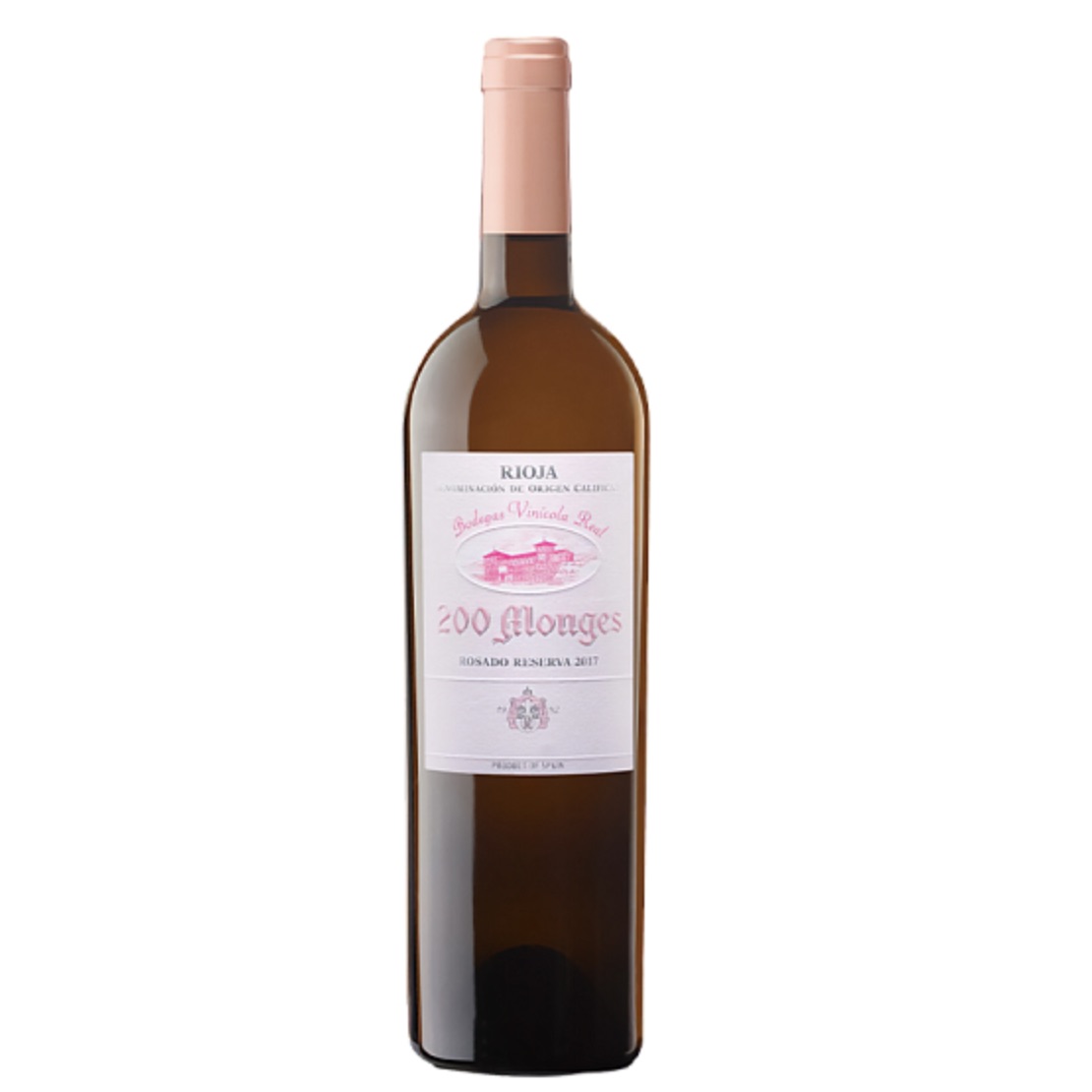by Federico Oldenburg - @fedek1
.png.transform/rendition-xs/image_image%20(1).png)
Spanish rosés designed for long aging are no longer an exception—they're now captivating lovers of unique and complex wines.

by Federico Oldenburg - @fedek1
For decades, rosé held an ambiguous place on the Spanish wine scene. Often pushed to the background and considered a light, unsubstantial drink for the less discerning consumer, rosé was the target of many prejudices and generalizations that stripped it of its true appeal. This perception became deeply rooted in Spain. Many wine lovers dismissed rosé as a low-quality product, good only for quenching the thirst of the “pseudo-abstainers,” for cooling down summer afternoons on a terrace, or for accompanying paella at a beach bar.
However, this tarnished image has begun to change in recent years. Thanks to a new generation of winemakers and oenologists focused on excellence, Spanish rosés have taken a qualitative leap that has completely transformed their reputation. Today, many wineries have recognized the true potential of this style and are determined to prove that rosé can match the quality of Spain’s best reds and whites. In addition, there is an important group of these rosés with a tremendous aging potential.
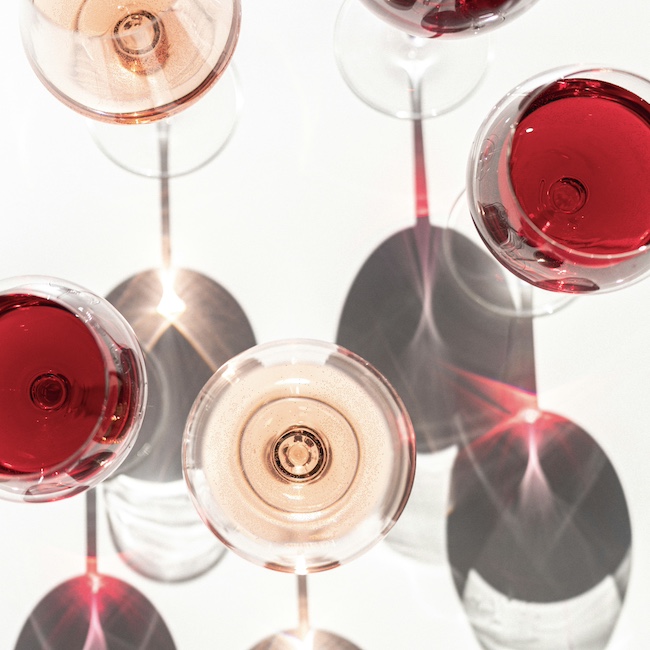
The New “Rosé Spain”
The change has been not only technical but also cultural. Spanish wineries have started selecting specific plots for rosé production, choosing grape varieties that authentically express the local terroir. More precise winemaking techniques are now used to create wines with greater structure, complexity, and aging potential. All of this has helped change the perception of rosé in Spain—from a lesser wine to a specialty with its own personality and surprising diversity.
Today, Spanish rosés are experiencing a golden age. While it would be unfair to overlook the wineries that maintained quality during the years of skepticism—such as some historic producers in Rioja DOCa—it’s undeniable that we are witnessing a true rosé boom in Spanish wine. There is a wide variety of styles: from young, fresh, fruity rosés perfect for immediate consumption, to more complex and structured wines, designed to evolve over time and reveal their full character after years in bottle.
Aged Rosés, An Ambitious Bet
Within this new landscape, a particularly interesting—and until recently, almost unheard-of—category has emerged: long-aged rosés. These wines challenge the idea that rosé should only be consumed young, and are winning over critics and consumers alike with their elegance, depth, and aging capacity. While still not common, they are significant enough to set a trend and prove that rosé can also be a wine for contemplation, capable of bold gastronomic pairings or simply enjoyed on its own.
Among these wines, some have become iconic. Viña Tondonia Gran Reserva Rosado, for example, is a true liquid gem. Made by the historic López de Heredia winery, this rosé—aged four years in barrel and then rested patiently in bottle—is likely the only one of its kind in Rioja. It has achieved worldwide fame for its unique, complex, and timeless character. Also in Rioja, López de Haro has released its Clásico Rosado, a more recent but equally inspired take on traditional methods.
Elsewhere, several wine regions are seeing what could be called a "rosé revolution." In Ribera del Duero DO, Bertrand Sourdais broke the mold with Le Rosé, a refined and deep interpretation of rosé that defies local orthodoxy. In Penedès DO, Can Ràfols dels Caus has long surprised with its Gran Caus Rosado, a single-varietal Merlot exploring the potential of an uncommon grape in this category. And in Navarra, the historic Chivite winery has made its Colección 125 Rosado into a “new classic,” merging tradition and modernity.
The Future of Rosé is Now
These examples, along with many other labels now enriching the Spanish wine scene, show that rosé is no longer a secondary player. Far from its old image as a bland, unremarkable wine, it has become an authentic expression of the Spanish vineyard—one that can move, surprise, and endure over time.
The new generation of rosés shares a common goal: to claim the place this style deserves in the world of wine. With ambition, talent, and respect for tradition, wineries across Spain are proving that rosé is not just a passing trend or a summer drink. It is, above all, one of the most versatile, complex, and exciting ways to understand wine.
Seven wines to Try
1. Viña Tondonia Gran Reserva Rosado 2008
López de Heredia-Viña Tondonia – Rioja DOCa
A rare exception in the global wine world, Viña Tondonia only makes its legendary Rosado Gran Reserva—Rioja’s only surviving wine of this kind—in exceptional vintages. This is the first release since the iconic 2000. The wine ages for four years in barrels and another four in bottle before release, reflecting the López de Heredia family’s rigorous commitment to Rioja tradition and their pursuit of excellence through extended aging. Delicate, elegant, with notes of dried rose, cinnamon, and fresh almonds—this is a rosé like no other.
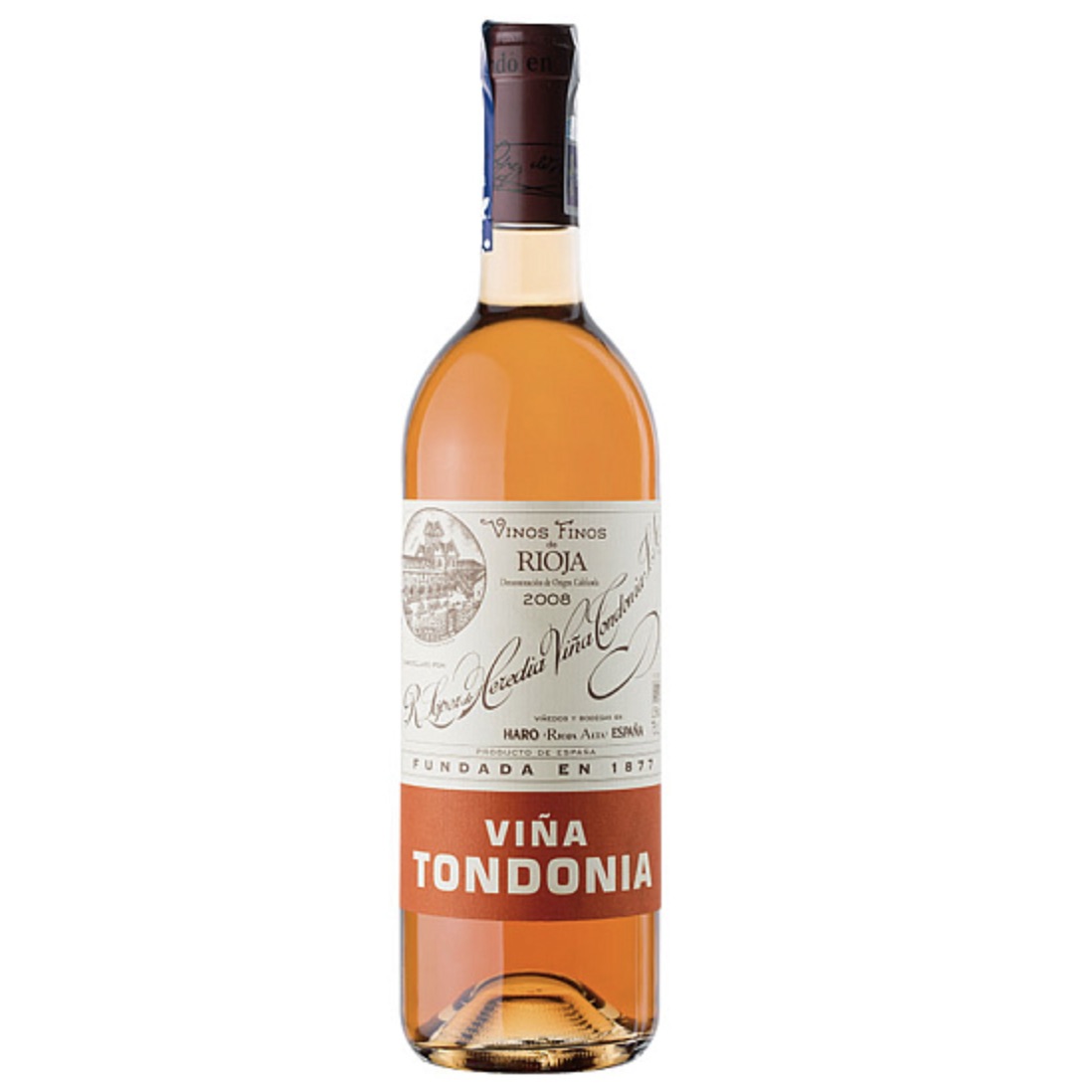
2. Chivite Colección 125 Rosado 2022
Chivite Family Estates – VT 3 Riberas
Part of a line created in 1985 to celebrate the winery’s 125th anniversary, this barrel-fermented rosé was a beacon of quality when most rosés were made for those who didn’t even like wine. Today it’s a classic. A blend of Tempranillo and Garnacha, it shows a light onion-skin hue, aromas of dried flowers, spices, noble woods, and a refined, high-acidity palate. Delightful when fresh but surprising after 8 years of bottle aging.
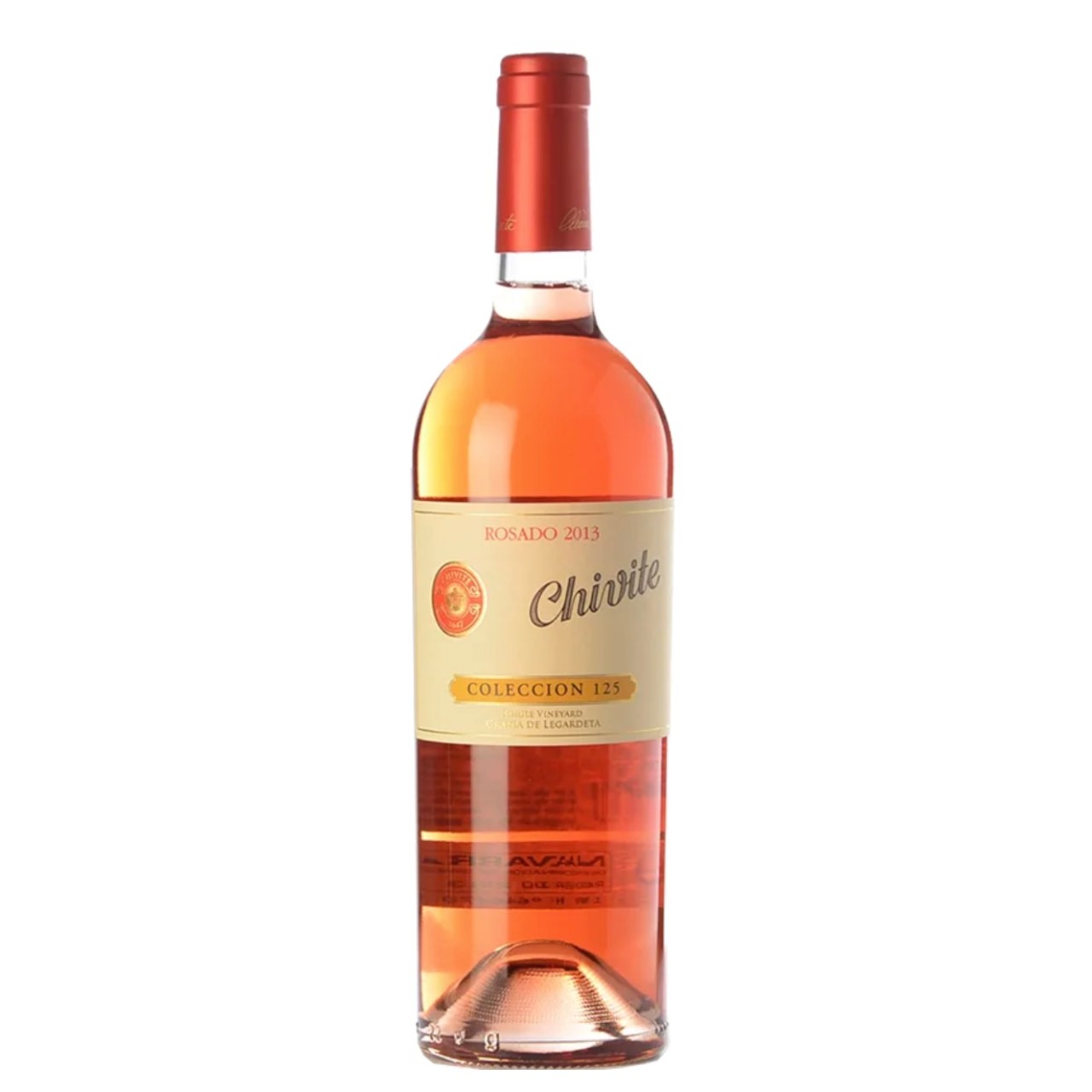
3. Classica Gran Reserva Rosado 2013
López de Haro – Rioja DOCa
This third release of the exceptional Classica range rosé has earned top international ratings, establishing it among the world’s best. Made from old vines of Garnacha Tinta and Viura in the Alto Najerilla Rioja zone, it undergoes four years in oak and at least six in bottle. Elegant, complex, with spicy and floral notes, its bright acidity and persistence promise a long life ahead.
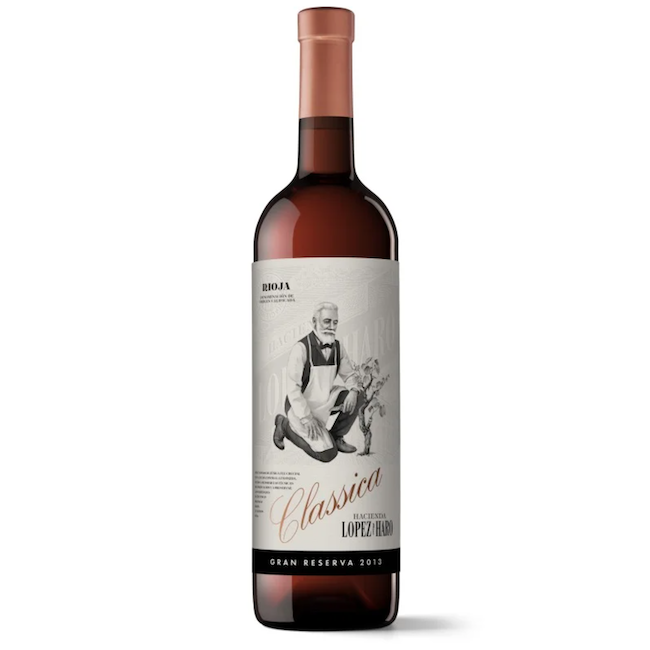
4. Le Rosé 2022
Antídoto – Ribera del Duero DO
Launched in 2013 by French winemaker Bertrand Sourdais, this bold rosé shattered Spanish rosé stereotypes. From a single plot where Tinto Fino grows alongside white Albillo, it’s fermented and aged in barrel to produce a rich, floral, and mineral-driven wine—a Grand Cru among Ribera del Duero rosés, enjoyable young but stunning with age.

5. Valduero Rosado Reserva 2016
Valduero – Ribera del Duero DO
Experts in extended aging, the García Viadero family has crafted this outstanding rosé with four years in barrel and at least two more in bottle. It maintains red fruit notes, spice, silky texture, vibrant acidity, and long finish—a benchmark for Ribera del Duero rosés meant for aging.

6. Gran Caus Rosado 2023
Can Ràfols dels Caus – Penedès DO
100% Merlot, this rosé with a red soul comes from the Garraf Massif. Made from free-run must, fermented with native yeasts, and bottle-aged for six months before release, it reflects the limestone terroir’s identity. With fresh red fruit (plums, cherries), herbal and spicy notes, it defies convention and evolves beautifully over time thanks to its concentration and firm acidity.
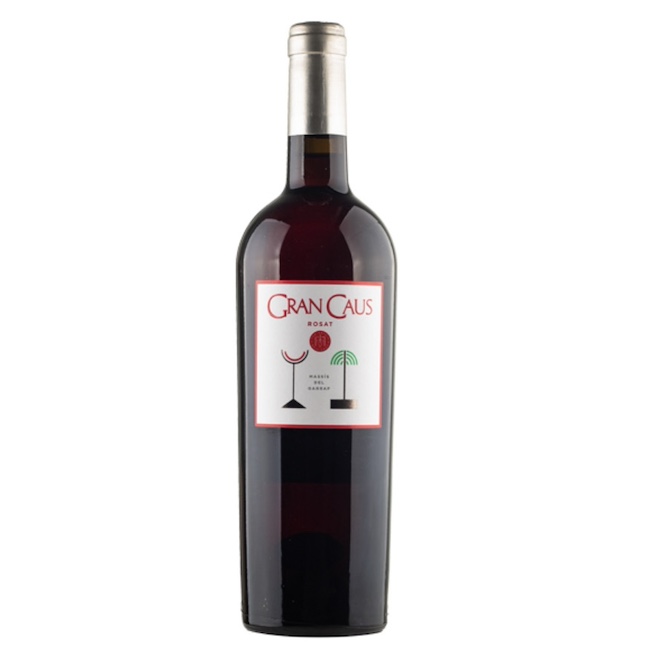
7. 200 Monges Rosado Reserva 2017
Vinícola Real – Rioja DOCa
Winemaker Miguel Ángel Rodríguez honors Rioja’s tradition of age-worthy rosés with this bold blend of Tempranillo and Garnacha. Fermented in Allier oak vats and aged 20 months in new French barrels, it reveals fruit and sweet spice, with a delicate bitterness on the finish. A great Rioja rosé, destined for long evolution in bottle.
